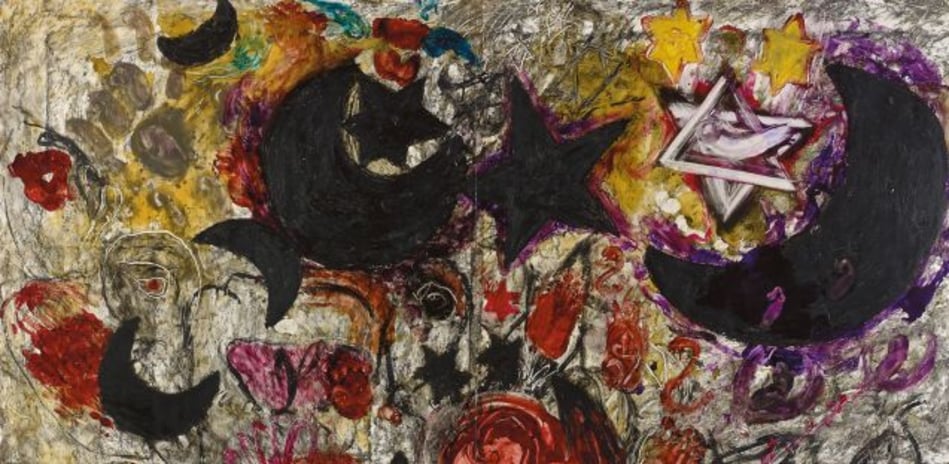Art World
Notable Israeli Artist Moshe Gershuni Dies at 80
He took the Israeli state to court in 2003.
He took the Israeli state to court in 2003.
Hili Perlson

The celebrated Israeli artist Moshe Gershuni passed away on Sunday at the age of 80.
Speaking to Haaretz, fellow artist Micha Ullman, who represented Israel together with Gershuni at the 1980 Venice Biennale, called him “the soul of Israeli art.”
“His art was passionate and uncompromising,” Ullman told the Israeli daily. “He mixed the personal with national and political themes. His art was like an ongoing cry of sadness over what was happening here.”
In the 1960s and 70s, Gershuni first worked as a conceptualist, pertaining to Israel’s Dalut HaHomer, or Want of Matter movement, that favored the Spartan and austere, as these qualities reflected, so was the ethos, an authentic Israeli condition.
His focus shifted when he was nominated to represent Israel at Venice, as the idea of being an intermediary between Israel and Europe invoked a complete transformation in Gershuni’s work mode and themes. He started incorporating subjects like Jewish mythology and trauma into his work, while breaking every definitive taboo of Israeli art at the time.

Moshe Gershuni, Jerusalem Nights, (1985) (detail) ©Moshe Gershuni, courtesy Givon Art Gallery Tel Aviv
A prolific sculptor and painter, and a charismatic teacher, Gershuni never shied away from controversy, neither in his work nor his life. In 2003, he was declared the winner of the Israel Prize for art, awarded by the government. However, then-culture minister Limor Livnat revoked his award after he had announced that he would not attend the ceremony, saying, “My conscience prevents me from going on the podium—it’s not the time for ceremonies and celebrations.”
It was suggested that the real reason for not attending had to do with his refusal to shake the hand of then-prime minister Ariel Sharon. Gershuni took the state to court over Livnat’s decision, unsuccessfully.
In 2014, to mark the 50th anniversary of diplomatic relations between Israel and Germany, the Neue Nationalgalerie in Berlin opened a career-spanning survey of Gershuni’s work, titled “No Father, No Mother.” The exhibition, co-curated by the Nationalgalerie director Udo Kittelmann and Israeli curator Ory Dessau, would turn out to be his last.
Amorphous stains feature at the heart of his paintings, with handwritten phrases serving as their visual counterparts, linking the corporeal and abject with the conceptual in his work. The Binding of Isaac, perhaps the most powerful motif in Jewish-Israeli representational language, transmutes in one of his paintings from the Cyclamen series (1983-5) into a Yiddish, Eastern European, Yitzhakale.
His famous Soldiers series (1982) similarly references son sacrifice, yet the paintings’ blood reds also question Israeli occupation 15 years after the Six Day War.
At the same time, the soldiers, conjured in the paintings by language alone, also become objects of homoerotic desire: Inscribing the red stained works with a discursive “Hi Soldier” or “Good Soldier,” Gershuni, who came out in 1980, shows himself as a flirtatious provocateur.
Gershuni has been represented since the 1980s by the Givon Gallery in Tel Aviv. He is survived by his partner Juan Garcia, as well as three children and a sister.